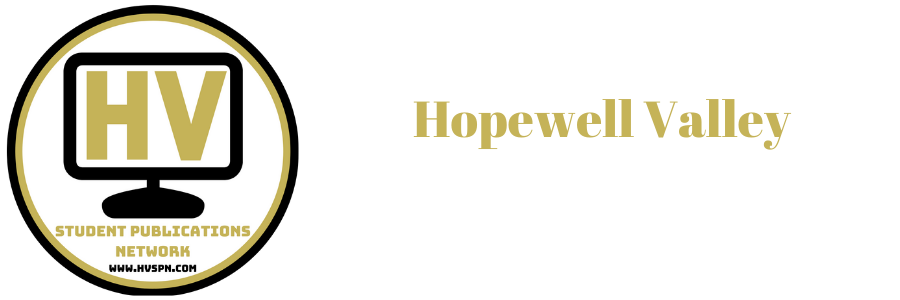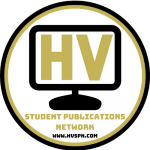The Great Pacific Garbage Patch

My AP Biology Thoughts
Unit 8 Ecology
EPISODE TITLE: Pacific Garbage Patch and Its Impacts on Wildlife
Welcome to My AP Biology Thoughts podcast, my name is Angelina and my name is Emily and we are your hosts for the Unit 8 Ecology podcast on the Great Pacific Garbage Patch and Its Impacts on Wildlife. Today we will be discussing the Garbage Patch’s harmful effects on aquatic life and how it relates to the AP Biology Curriculum.
https://www.nationalgeographic.org/encyclopedia/great-pacific-garbage-patch/
Segment 1: Overview of Pacific Garbage Patch and Its Impacts on Wildlife
Background info:
- The patch is a vortex of plastic waste and debris which is very calm and stable but surrounded by four currents that sweep debris into the center
- Two distinct collections of debris, the Western and Eastern Garbage Patches
- Pacific: Garbage is spun and linked together by the North Pacific Subtropical Convergence Zone, where warm water ( South ) meets cool water ( Arctic )
- Much of the debris is not biodegradable and has taken a significant toll on the aquatic wildlife
- Most of the debris is plastic, which is not biodegradable but rather breaks down into microplastic particles
Segment 2: Evidence that supports how the Patch Harms Wildlife
https://theoceancleanup.com/great-pacific-garbage-patch/
- According to National Geographic, oceanographers and ecologists discovered that about 70% of marine debris sinks to the ocean floor, so the patch may also be an underwater heap of trash
- Marine debris is known to be harmful to wildlife
- Ex: Loggerhead sea turtles often mistake plastic bags for jellyfish
- Ex: Albatrosses mistake plastic pellets for eggs and feed them to their chicks, which then die of starvation or ruptured organs
- Ex: Seals and other animals get entangled in abandoned nets and other waste
- hear about turtles a lot because of many companies movements to stop using straws, but we dont always hear about the other species being affected so it is definitely important to learn about these organisms as well
- BIG ONE: Marine debris can disturb marine food webs
- As microplastics collect near the ocean’s surface, they block sunlight which prevents plankton and algae to grow
- Many organisms depend on these producers for food
- Since they are at the foundational levels of the food web, when they are negatively impacted, the whole web is as well
Segment 3: Connection to the Course
- Energy flow: Affects all wildlife (trophic structure)
- Kills species, leaving less energy in ecosystem
- If organisms consume garbage, the organisms feeding on them will be indirectly feeding on garbage
- Bioaccumulation
- Impacts humans as well
- We should all do little things to help the environment
Thank you for listening to this episode of My AP Biology Thoughts. For more student-ran podcasts and digital content, make sure that you visit www.hvspn.com.
Music Credits:
- “Ice Flow” Kevin MacLeod (incompetech.com)
- Licensed under Creative Commons: By Attribution 4.0 License
- http://creativecommons.org/licenses/by/4.0/
Subscribe to our Podcast
Connect with us on Social Media
Twitter @thehvspn
In episode 122, we will be discussing the Garbage Patch’s harmful effects on aquatic life and how it relates to the AP Biology Curriculum.

